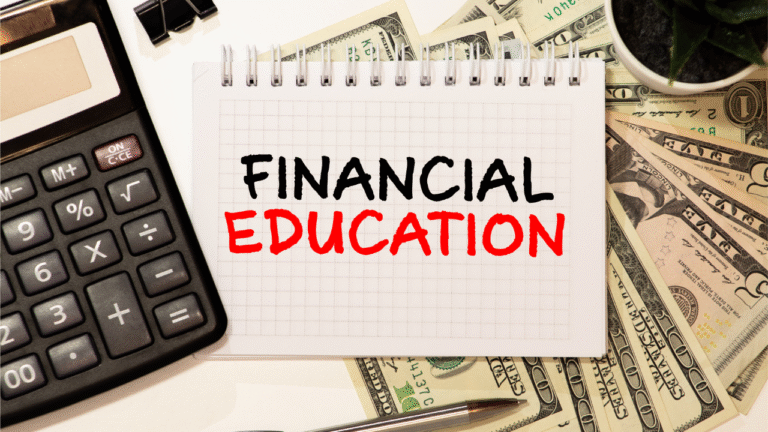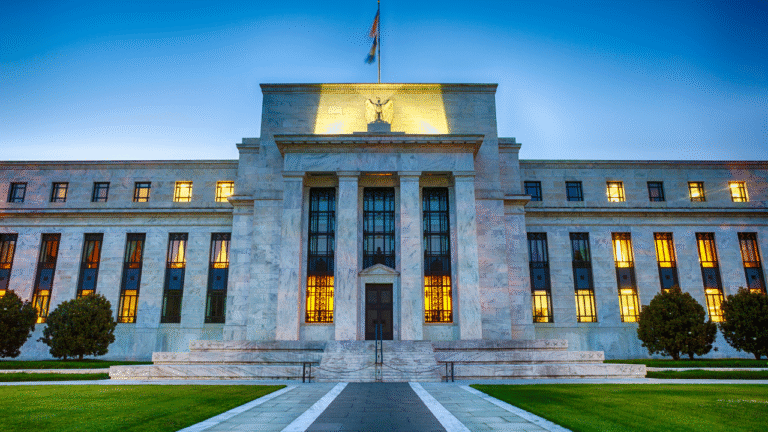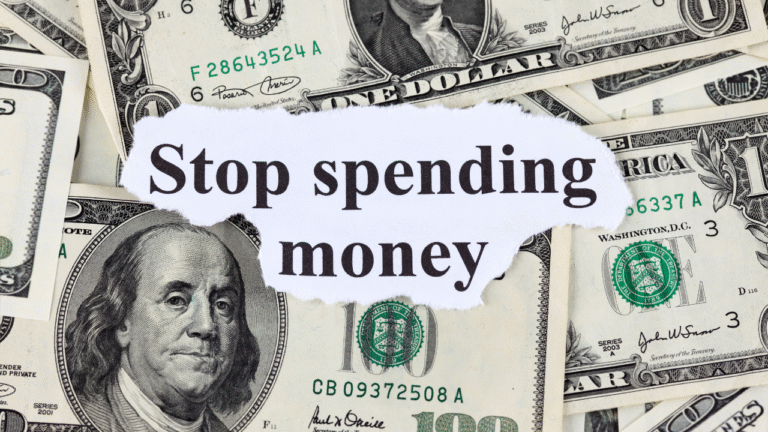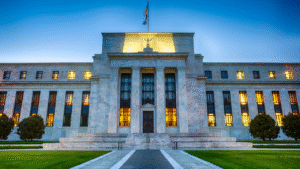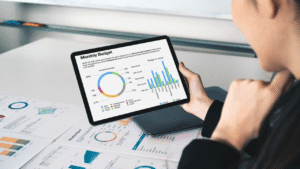Introduction
Living in the fast-moving world of finance means that every quarter brings unique challenges for banks, hedge funds, and investors. As September 2025 winds down, one phrase dominates headlines and trading floors alike: Quarter End Liquidity Crunch 🏦.
But what does this really mean for Wall Street, and more importantly — for your wallet? Let’s break it down in a simple, practical way.
Table of Contents
🔎 What Is a Quarter End Liquidity Crunch?
A liquidity crunch happens when cash or easy-to-sell assets dry up in the financial system. At quarter end, big banks, hedge funds, and corporations rebalance their books to meet regulatory requirements, repay short-term loans, or report healthier balance sheets.
When too many institutions demand cash at once, it creates a liquidity squeeze 💧. Think of it like everyone rushing to withdraw money from the same ATM at the same time — eventually, there’s not enough left.
👉 According to the Federal Reserve, liquidity stress is one of the biggest risks to short-term funding markets.
📊 Why Wall Street Is Nervous Right Now
Wall Street jitters aren’t just about routine accounting. In September 2025, several factors are colliding:
- Rising Interest Rates: Higher borrowing costs make short-term loans more expensive.
- Massive Treasury Issuance: The U.S. Treasury is selling record amounts of bonds to fund government spending, soaking up liquidity.
- Regulatory Pressures: Banks must hold more reserves at quarter end, limiting what they can lend.
- Market Uncertainty: Inflation, Fed policy, and global tensions add to the squeeze.
Together, these create a “perfect storm” 🌩️ where money markets tighten and investors panic.
💡 How a Liquidity Crunch Affects Everyday Americans
It’s easy to think this is just Wall Street drama. But the Quarter End Liquidity Crunch trickles down into real life:
- Higher Credit Card Rates 💳: Banks tighten lending standards.
- Stock Market Volatility 📉: Investors fear less liquidity means sharper price swings.
- Mortgage Costs 🏠: Borrowing becomes pricier if funding dries up.
- Retirement Accounts 💼: Volatile markets can shake 401(k)s and IRAs.
That’s why understanding this isn’t just for traders — it’s for anyone with savings, loans, or investments.
📌 Historical Lessons: Past Liquidity Crunches
This isn’t the first time markets faced liquidity stress.
- 2019 Repo Market Crisis: Overnight lending rates spiked to 10%, forcing the Fed to step in.
- 2008 Financial Crisis: Liquidity vanished as banks refused to lend to each other, sparking global panic.
History shows that when liquidity dries up, the Federal Reserve often acts with emergency funding — but not before markets shake violently ⚠️.
🌎 Why This Quarter End Feels Different
September 2025’s crunch is raising louder alarms because:
- Debt Loads Are Bigger than before.
- Rates Are Higher, making liquidity more expensive.
- Investor Sentiment Is Fragile after months of inflation headlines.
This means Wall Street is preparing for a more painful squeeze than usual.
🛑 Mistakes Investors Should Avoid
If you’re investing or saving during a liquidity crunch, avoid these pitfalls:
- Panic Selling: Markets bounce back quickly once liquidity returns.
- Overleveraging: Using too much borrowed money can wipe out portfolios.
- Ignoring Diversification: Holding only high-risk assets increases vulnerability.
✅ Instead, focus on steady strategies like index funds, emergency savings, and disciplined budgeting.
📈 Smart Moves to Protect Your Money
Here are actionable steps you can take right now:
- Build Cash Reserves: Liquidity is king during a crunch.
- Lock in Fixed-Rate Loans: Protect yourself from rising borrowing costs.
- Review Your Portfolio: Reduce exposure to highly leveraged stocks.
- Cut Everyday Costs: Free up cash flow to stay flexible.
💡 Want to save more? Check out Cheapest Days to Fly in the US 2025 ✈️ and Save on Streaming Services 📺 to trim everyday expenses.
🏦 Wall Street Strategies During Liquidity Stress
Big banks and hedge funds use different tools than everyday savers:
- Repo Agreements: Borrowing cash overnight against safe assets.
- Swaps & Derivatives: Hedging risk in funding markets.
- Fed Backstop: Relying on central bank liquidity facilities.
These strategies may sound complex, but the takeaway is simple — institutions fight to survive while regular households just need stability.
🔗 The Bigger Picture: Global Ripple Effects
Liquidity crunches don’t stop at Wall Street’s doors. International markets often feel the aftershocks 🌍:
- Emerging Markets: Experience capital flight as investors rush to safety.
- Currency Shifts: Dollar strength can crush other currencies.
- Commodity Prices: Oil, gold, and food prices fluctuate as liquidity moves.
That’s why the Quarter End Liquidity Crunch matters far beyond New York.
🛍️ Everyday Savings Matter More Now
In uncertain times, frugality is power. While Wall Street deals with repo trades and Treasury auctions, households can focus on practical wins:
- Shop smarter: Adidas Summer Blowout Sale 2025 👟
- Cut subscriptions: Revisit your monthly bills and cancel unused services.
- Embrace budgeting: Track spending weekly to stay in control.
Even small moves create financial breathing room.
❓FAQs About the Quarter End Liquidity Crunch
Q1. What is a Quarter End Liquidity Crunch?
It’s a cash shortage banks and markets face at the end of a quarter due to regulatory and funding pressures.
Q2. Why does the Quarter End Liquidity Crunch matter?
It impacts borrowing costs, stock market stability, and overall financial system health.
Q3. How can it affect everyday Americans?
A Quarter End Liquidity Crunch can lead to higher loan rates, volatile 401(k)s, and tighter credit.
Q4. How do investors prepare?
Keep cash reserves, diversify investments, and avoid panic selling during a Quarter End Liquidity Crunch.
Q5. Has this happened before?
Yes — past events include the 2019 repo market crisis and the 2008 financial meltdown.
📝 Conclusion: Stay Calm, Stay Prepared
The Quarter End Liquidity Crunch is shaking Wall Street, but it doesn’t have to shake your life. By staying informed, avoiding panic, and making smart money choices, you can ride out volatility with confidence 💪.
Remember: markets recover, but smart savers come out ahead.
👉 Start saving smarter today with SmartSaveUSA.com and take control of your financial future.





